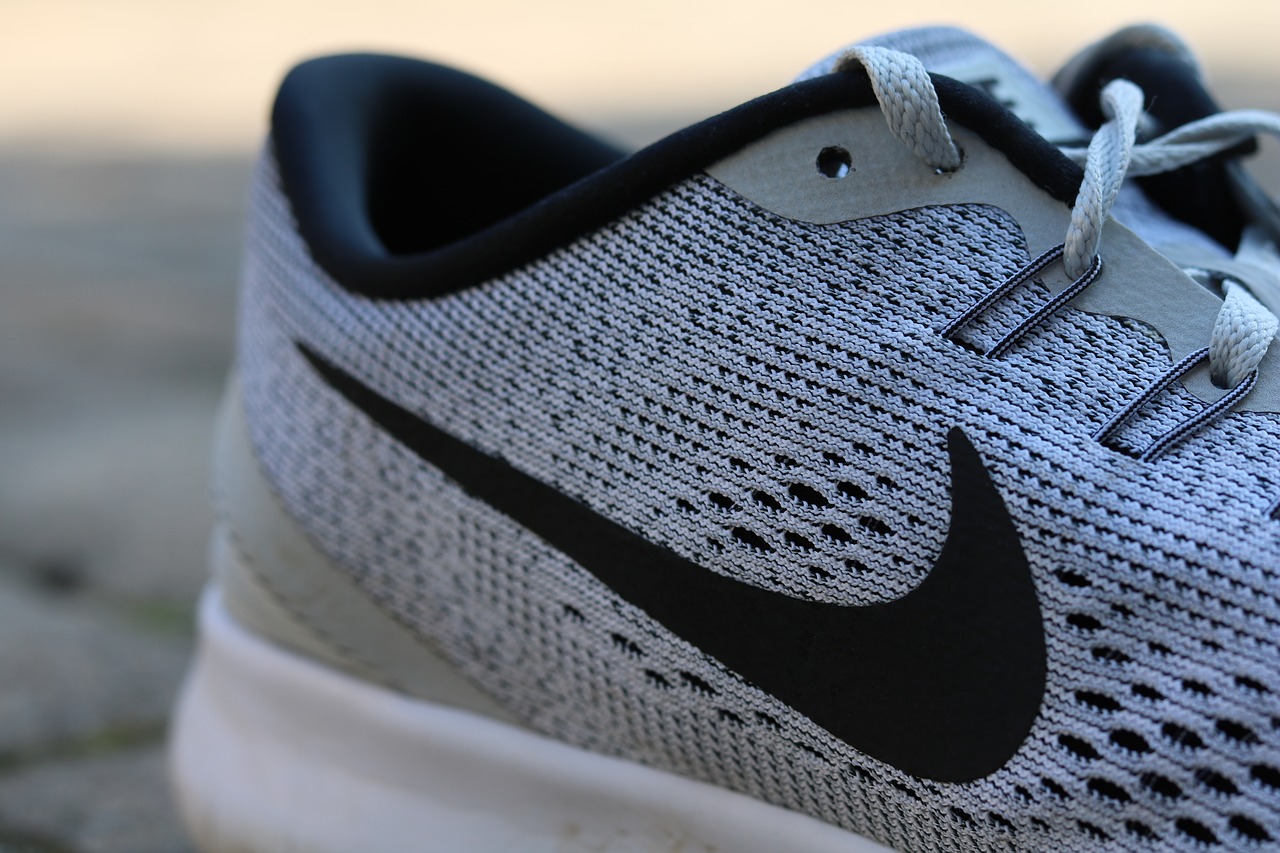
Nike will increase prices on some trainers and clothing in the US starting early June, weeks after Adidas announced similar hikes due to tariffs. While Nike did not directly attribute the rise to tariffs, noting it regularly adjusts prices, most of its products are manufactured in Asia—a region affected by US tariffs under President Donald Trump. Although higher “reciprocal” tariffs are paused until July, a base 10% levy remains on many imports.
From June 1, Nike will raise prices by up to $10 on shoes costing over $100, with clothing and equipment increasing between $2 and $10. Popular models like Air Force 1 trainers, shoes under $100, children’s products, and Jordan apparel will be exempt. Nike CFO Matt Friend highlighted the uncertainty created by tariffs and other macroeconomic factors, which may affect consumer confidence.
Manufacturing and Global Trade Dynamics
Vietnam, where Nike produces 50% of its footwear and 26% of clothing, faces some of the highest tariffs, up to 46%. China, Indonesia, and Cambodia are also major production hubs. The Trump administration’s trade policies have created uncertainty for companies worldwide, with some reciprocal tariffs temporarily paused while negotiations continue. Eric Trump’s recent visit to Vietnam signals ongoing US business interest there, despite the tariffs.
Nike plans to resume direct sales to Amazon in the US for the first time since 2019, reversing a prior strategy to focus on its website and physical stores. The company has seen a decline in digital sales globally, with steep drops in Europe, the Middle East, Africa, and Greater China. Revenue has been falling overall, leading to the return of former executive Elliott Hill to oversee a business turnaround focusing on key markets like the UK, US, and China.
What The Author Thinks
The ongoing tariff tensions put companies like Nike in a tough spot—caught between rising import costs and the challenge of maintaining affordable prices for customers. While tariffs aim to protect domestic industries, they often lead to higher prices for consumers and force companies to rethink supply chains and pricing strategies. Nike’s selective price hikes reflect a balancing act, but these trade policies ultimately risk slowing growth and shaking consumer confidence.
Featured image credit: Needpix
For more stories like it, click the +Follow button at the top of this page to follow us.
